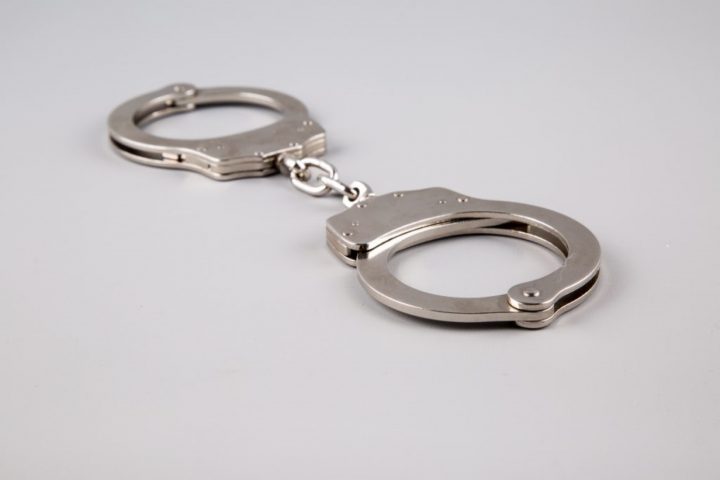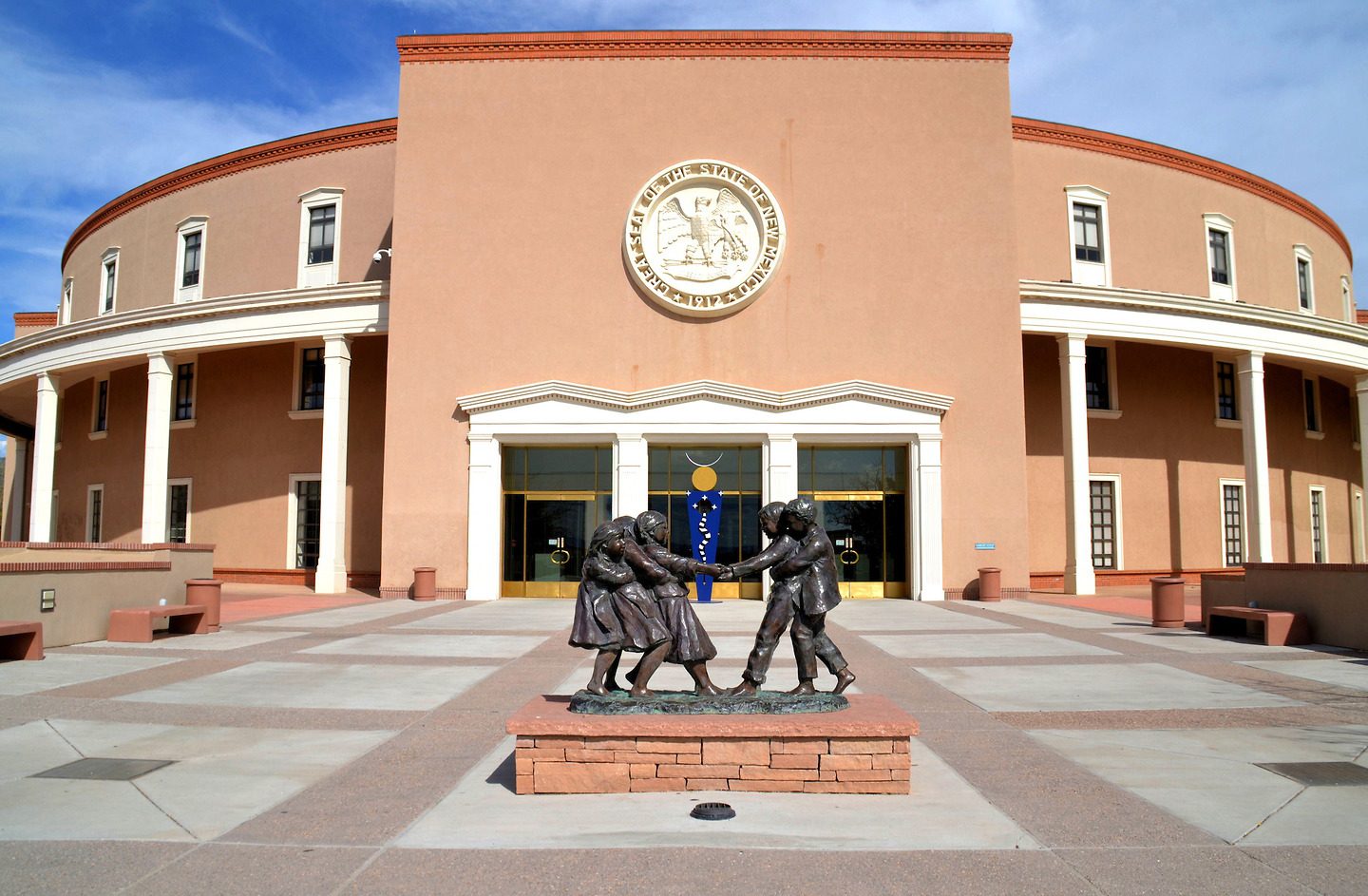How he did it: Reporter discovers pattern of Saudi students fleeing US amid charges

In the investigative series, “Fleeing Justice,” journalist Shane Dixon Kavanaugh uncovered dozens of cases of Saudi Arabian nationals fleeing the U.S. and Canada after being charged with serious crimes, including manslaughter, rape and possession of child pornography. He also documented a pattern of Saudi interference with their cases, and the fact that federal authorities had known about this practice for at least a decade.
The Saudi government paid bail and hired attorneys to defend nearly all of these young men, most of whom were international college students. In each case, they disappeared before they could be prosecuted or complete their jail sentences. Some were traced back to Saudi Arabia, even after surrendering their passports to U.S. authorities.
The series began when Kavanaugh, a general assignment reporter at The Oregonian since 2017, learned that Portland Community College student Abdulrahman Sameer Noorah had been spirited out of the country while facing charges of first-degree manslaughter, felony hit-and-run and reckless driving. The Saudi Consulate paid Noorah’s $100,000 bail and provided him with an attorney. Shortly before his trial in 2017, Noorah cut off his electronic tracking monitor and vanished.
“Law enforcement officials now say they believe Noorah got an illicit passport and boarded a plane — likely a private carrier — to flee the country,” Kananaugh wrote in an article published in December 2018 and then updated in August 2019. “Despite unknowns in the ongoing investigation, officials with the U.S. Department of Homeland Security and U.S. Marshals Service are all but certain who helped orchestrate the remarkable escape: the Kingdom of Saudi Arabia.”
The series prompted U.S. Sen. Ron Wyden of Oregon to introduce the Saudi Fugitives Declassification Act of 2019, aimed at forcing the federal government to disclose what it knows about Saudi Arabia’s suspected role in helping its citizens escape prosecution in the U.S. President Donald Trump signed the bill into law in late 2019.
Journalist’s Resource reached out to Kavanaugh to ask him about reporting the story. We also asked him for tips for doing investigative journalism that initiates positive change. Below are six of his best tips.
- Form as many source relationships as possible. Include people outside your beat.
“Talk to as many people as you can — all the time,” Kavanaugh says. “You never know when a story like this will fall into your lap.”
He learned about the first case of a Saudi Arabian student fleeing the country during a conversation with a law enforcement source in Portland. “We were actually chatting about something completely different,” Kavanaugh explains. “This person I was talking to, in an offhanded way, mentioned the Saudi Arabian government had helped this guy escape, and he had returned to Saudi Arabia and it was something that had never been reported on or explained before that.”
He continues, “If I had not developed a relationship with this person previously, if I hadn’t been discussing another case they were working on … this person would never have mentioned this to me. One of the things that continues to surprise me about this is how accidental it was.”
The relationship Kavanaugh had built over time with Sen. Wyden and his staff also helped him obtain information he, otherwise, might not have gotten — including tips about new legislation Wyden planned to introduce as a result of The Oregonian series. “That level of trust between that office and me — that was, I think, also very important in the end,” Kavanaugh says. “Because Sen. Wyden ended up doing so much and getting this bill passed that was ultimately signed into law.”
- When key players in your story are private attorneys, check out the other cases they’re handling.
That’s how Kavanaugh learned the attorney hired to defend Noorah had represented other Saudi Arabian nationals who had been charged with serious crimes.
“A week or so after the first story ran,” he explains, “I was out walking with my kids on a Saturday morning and the thought occurred to me that I should probably go back and look up the other cases that this defendant’s attorney had handled in the state of Oregon. I went home that afternoon and put in [searched online for] this attorney’s name and the first thing I noticed was it appeared this attorney had represented a lot of other Saudi defendants. You could see that in the docket of her cases for the last few years.”
Kavanaugh said that when he looked at the attorney’s cases individually, he discovered that a number of her Saudi clients had outstanding warrants for their arrest because they had vanished from the U.S.
- Don’t be discouraged if no person or agency is tracking a problem you’re trying to understand. Document it yourself.
No one anywhere appeared to be monitoring or collecting data on the number of foreign nationals fleeing the U.S. while facing criminal charges, Kavanaugh says. So he and his colleagues hunted down that information themselves. They searched news reports and court records nationwide going back decades.
“We identified 25 or 26 of these cases here in the U.S. and a couple in Canada where these young men accused of serious crimes fled the country before being prosecuted,” Kavanaugh says. There’s no way to know, though, whether what Kavanaugh found represents the majority or only a small fraction of the cases that actually exist. “Are we just scratching the surface with the cases we’ve found? A lot of this is sort of the first run at something nobody had ever explored or talked about.”
Such an undertaking involves patience, persistence and assistance from several other journalists, including stringers The Oregonian hired in other parts of the country. Kavanaugh reported one story in partnership with the nonprofit, investigative news outlet ProPublica.
“Getting the documents and sort of being able to connect all the dots — that was a serious challenge,” Kavanaugh says. “Some of these cases we uncovered are 30 years old. They went back to 1988, 1989. … Also, these are cases around the country and not just Oregon. So there were challenges there in reconstructing cases.”
- Review the entire public record.
Kavanaugh says he follows the same advice that famed biographer and journalist Robert A. Caro received from his boss when Caro became an investigative reporter at Newsday in the 1960s. “Turn every goddam page,” managing editor Alan Hathway told Caro, according to an account he gave The Associated Press in 2019.
As Kavanaugh pored over court filings and other public records, he made sure to read everything — so he didn’t miss any details that, later, could’ve turned out to be important, he says.
He adds that Hathway’s advice was “just one of those things that stuck with me through the series.” He was intent on “making sure there was never any document we could get our hands on that I didn’t make sure to look over every single piece of paper.”
- Give victims and their families a chance to tell their stories, especially if they haven’t yet spoken publicly about them.
Kavanaugh suggests making investigative stories as much about people as possible.
“In a lot of investigative work,” he says, “sometimes just finding the records or the document by themselves can be enough to tell the story. But to take what those findings are and find the people or the individuals who have been most affected or impacted by whatever it is you’re look into — using their experiences and their voice to tell that story — it just becomes a richer body of storytelling. It allows readers to create a more sympathetic or empathetic bond to the work that you’re putting out there.”
It also gives crime victims and their families an opportunity to be heard. “What came up in this particular series is that some of these people … never got justice,” he notes. “Whether it was the person who was directly harmed by a criminal act or the parent or siblings of these other people, for some of these people — and this is going back 30 years — nobody had ever asked them about it [the incident] or they were never given the opportunity to grapple with it or talk about their experience. And I thought that was an important part of this series.”
- You probably won’t get all of your most pressing questions answered. Make peace with that reality and know when to move on to the next story.
At a time when newsrooms and their budgets are shrinking, investigative reporters often lack the time and resources they need to pursue all the angles of a story they’d like to pursue. Sometimes, despite their best efforts, they simply cannot nail down some key details.
There were lots of pressing questions Kavanaugh and his colleagues tried to answer with this series, he says. And while they were able to address many, they had to come to terms with the fact that some of the biggest questions would remain unanswered.
“With sort of each of these criminal cases we were looking into, there was a series of questions we were trying to answer, starting with: was this individual who was studying in the U.S. or Canada, were they on a government-sponsored scholarship?,” Kavanaugh says. “Because, in most of these cases, these people were studying in the United States as part of a massive scholarship program that’s funded by the Saudi Arabian government.” Kavanaugh said he also wanted to know: “When they were held, what was bail and who was their attorney and who were they [the attorneys] retained by? And then another question we had among many was whether an individual had surrendered their passport as a condition of their release from jail.”
Kavanaugh continues: “The bigger question is how on earth does a foreign national facing criminal charges in the United States — if they don’t have a passport — get out of the country? We have working theories, but that was something we were never able to nail down.”
It was important, he says, to focus on the parts of the story they could provide. “With this project and this series, I would say there are at least another dozen angles that I would very much like to explore if we had the sort of time and resources to do so,” he said. “We left so many different elements on the cutting room floor.”
Looking for more tips on how to do great investigative journalism? Read how a reporter discovered a government database that concealed millions of reports of medical device malfunctions and injuries. Check out the tips offered by two reporters whose yearlong investigation of the Elkhart, Indiana police department led to the police chief’s resignation.
This article was originally published on JR



